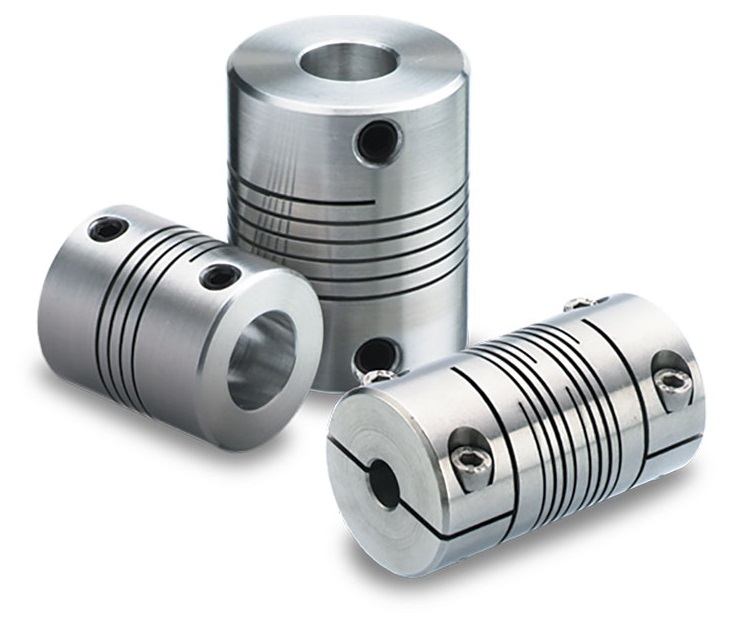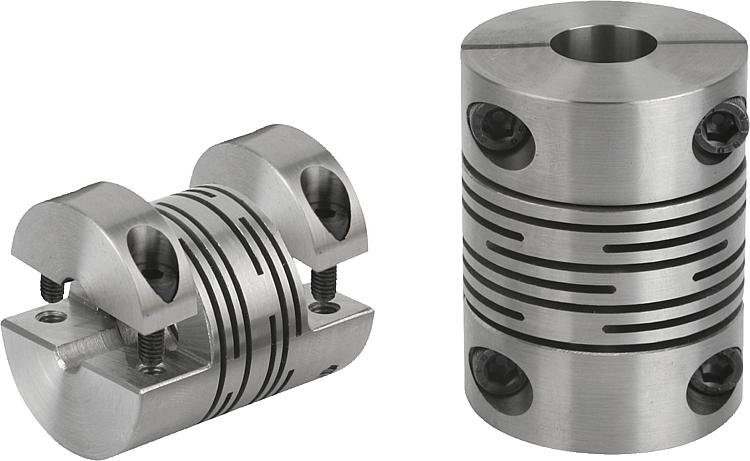“`html
Introduction to Beam Coupling for Welding Equipment
Beam couplings, also known as helical couplings, are mechanical devices designed to transmit torque between two shafts while accommodating for misalignment, end movement, and other mechanical variations. These couplings are particularly suited for welding equipment due to their flexibility, durability, and precision.
Key Features of Beam Couplings
- Highly Flexible: Allows for angular, parallel, and axial misalignments, ensuring smooth operation.
- Zero Backlash: Provides precise motion control, crucial for welding applications.
- Durability: Made from high-strength materials, these couplings withstand the rigors of welding environments.

Applications and Advantages
Beam couplings are ideal for welding equipment due to their unique combination of features that cater to the demanding requirements of welding operations.
- Accuracy: The zero backlash of beam couplings ensures highly accurate welding, reducing waste and rework.
- Versatility: They can accommodate different types of misalignments which is common in handheld or automated welding setups.
- Reliability: Their robust construction ensures a long service life even in the harsh environments of welding applications.
- Easy Installation: Beam couplings offer simple installation, reducing downtime and maintenance costs.
- Improved Performance: The flexibility and misalignment capabilities lead to smoother operation and reduced wear on welding equipment.

How Beam Couplings Work
Beam couplings operate through a helical cut pattern along their length which allows for the coupling to flex and accommodate misalignments while transmitting torque. This helical cut also absorbs vibrations and shocks, protecting the equipment from damage.

The design of beam couplings allows for a small amount of axial motion, accommodating end-play which is beneficial in applications where shafts may have slight movements.
Their construction from a single piece of material eliminates the possibility of backlash, ensuring precision in applications requiring high positional accuracy, such as welding.
Choosing the Right Beam Coupling
- Assess Misalignment: Understand the types and degrees of misalignment your application requires to accommodate.
- Torque Requirements: Choose a coupling that can handle the torque generated by your welding equipment.
- Material Considerations: Select a material that can withstand the environmental conditions of your welding operations.
- Size and Fit: Ensure the coupling fits within your equipment configuration and shaft sizes.
- Special Requirements: Consider any special requirements such as non-magnetic materials or specific certifications.
Maintenance of Beam Coupling
Maintenance of beam couplings involves regular inspections for wear and tear, ensuring that the coupling is free from foreign objects that could impede its flexibility, and checking for signs of misalignment. Proper maintenance is crucial to extend the lifespan of the coupling and ensure the smooth operation of welding equipment.
About HZPT
HZPT, established in 2006, is a professional manufacturer and exporter specializing in the design, development, and production of couplings. With our 16-year design and R&D team, we customize products to meet global customer requirements. Our comprehensive quality inspection system from raw materials to finished products, along with CE and TUV certifications, ensures the highest product quality. Our philosophy, “Customer satisfaction, our pursuit,” drives us to offer the best service, quality, and competitive prices. Our main products cater to the mechanical industry worldwide, with a strong presence in Europe and America. Choosing HZPT means opting for reliability, quality, and a partnership dedicated to meeting your specific needs. We look forward to cooperating with you and establishing successful business relationships in the near future.
“`
